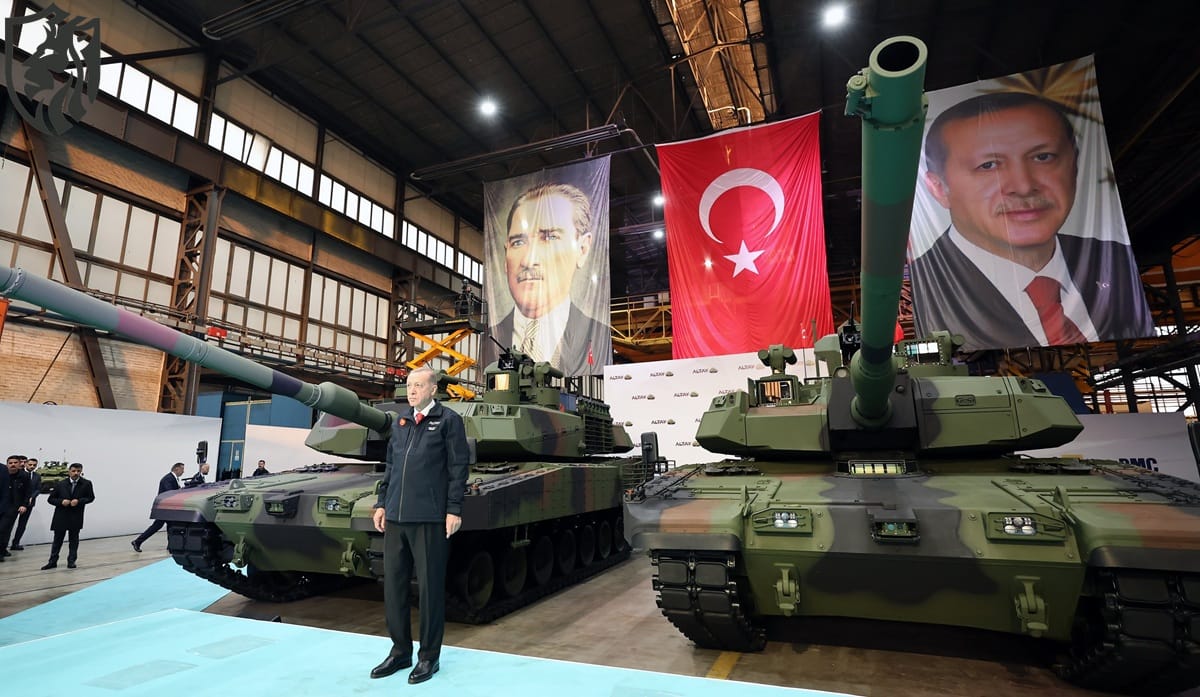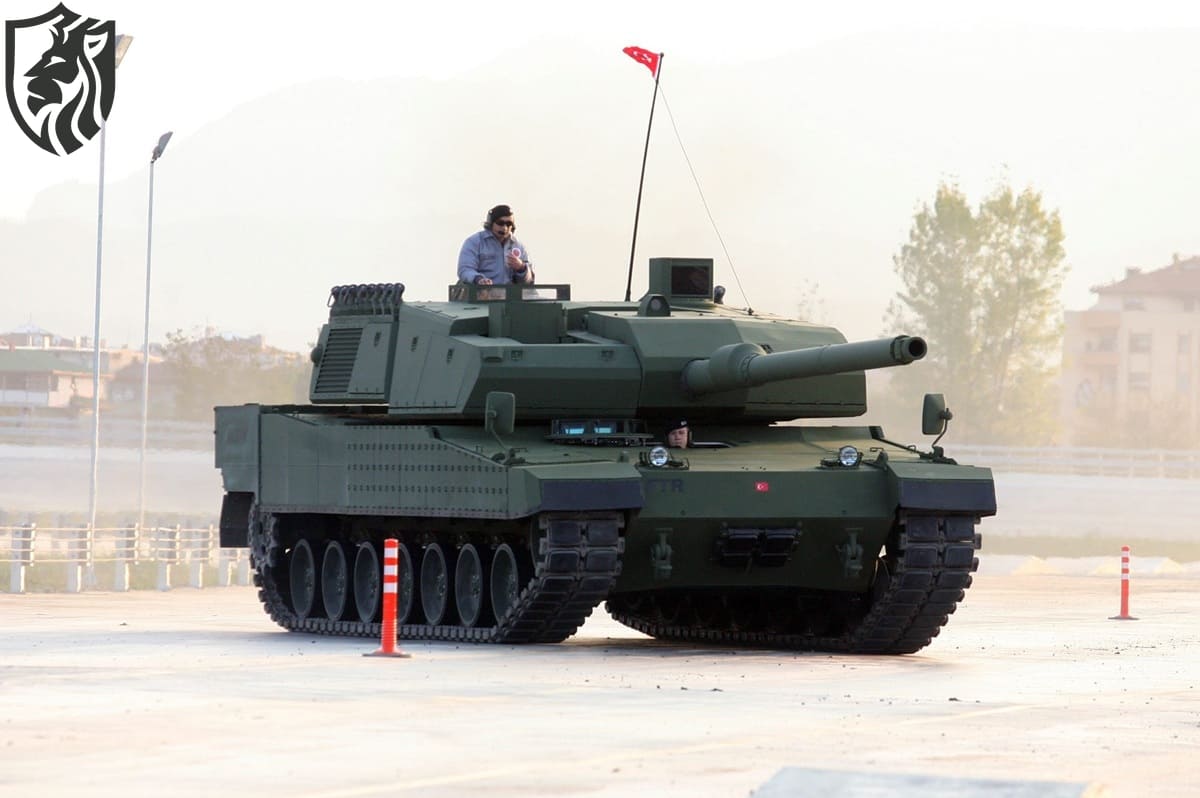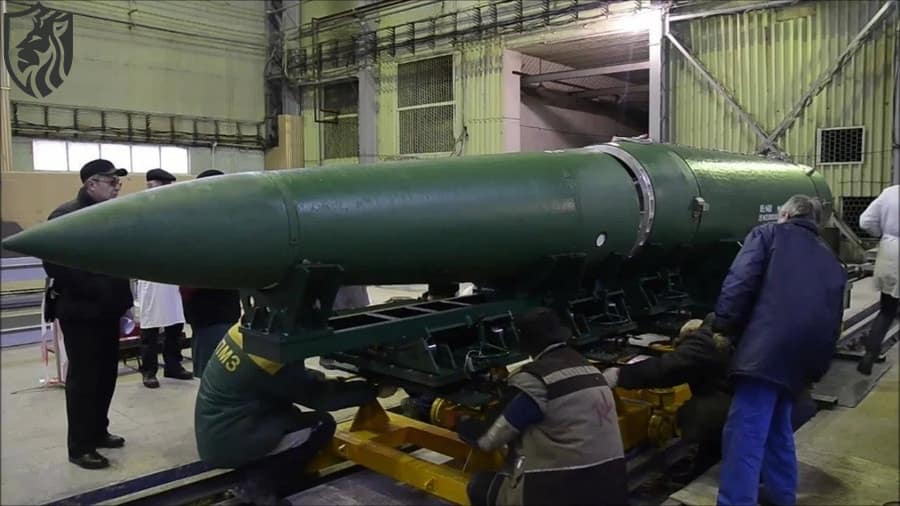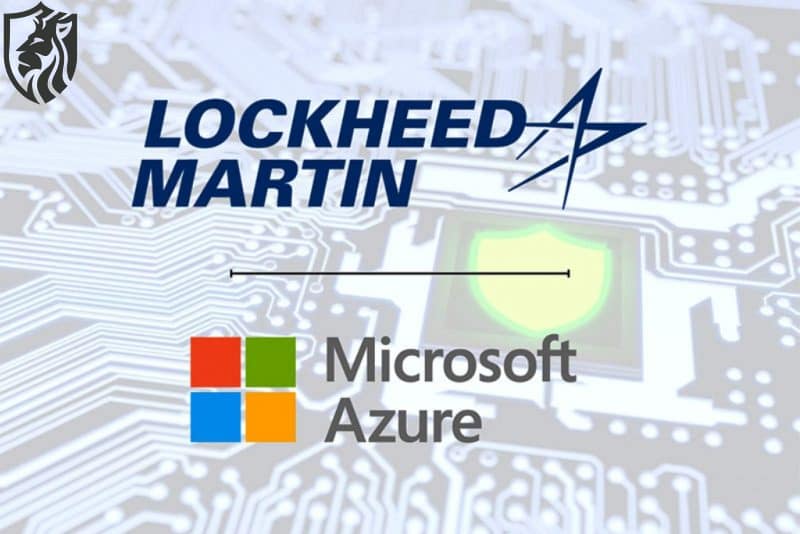
Altay Tank Enters Service
Why the Altay’s entry matters
The Altay tank enters Turkish Army service and signals a new phase for Ankara’s armoured modernisation. Turkey now fields an indigenous main battle tank with layered protection, modern sensors, and a maturing local supply chain. The programme also reduces foreign dependency risks that previously delayed engines, transmissions, and key electronics.
From prototype to “Yeni Altay”
The Altay tank enters Turkish Army service after years of prototyping, trials, and redesign. Two pre-production vehicles supported serial-readiness tests in 2023. Engineers folded feedback into the production build, which is now labelled “Yeni Altay”. The first ceremony in Kahramankazan also opened BMC’s Ankara Tank and Next-Generation Armoured Vehicle Production Facility.
Altay MBT — specs at a glance
| Parameter | Altay T1 (current production) | Altay T2 (follow-on) | Notes |
|---|---|---|---|
| Fleet plan | 250 total | Within same 250 | Split: 85 T1 + 165 T2 |
| Powerpack | 1,500 hp DV27K engine + EST15K transmission | BATU 1,500 hp indigenous power group | T2 introduces full local powertrain |
| Main armament | 120 mm L55 smoothbore (MKE) | Same | Stabilised, NATO-standard |
| Fire-control & sights | Aselsan FCS, hunter-killer, auto-tracking, thermal/TV, LRF | Enhanced electronics/C2 | Incremental digital upgrades on T2 |
| Protection | Modular composite armour, new-gen ERA, slat armour, 360° AKKOR APS | Further protection upgrades | Layered concept against kinetic and ATGM threats |
| Dimensions (approx.) | Length 10.3 m (gun forward), width 3.9 m, height 2.6 m | — | Shared hull/turret family |
| Combat weight | ~65 tonnes | — | Same class expected |
| Mobility (perf.) | Max road speed: ~65 km/h; range: ~450 km | Similar with BATU | Based on 1,500 hp setup |
| Localised subsystems | Tracks, turret ring, pumps, periscopes, growing FCS content | Adds BATU and more electronics | Reduces foreign-dependency risk |
| Production status | In service; serial line active (Ankara) | Starts after T1 batches | T2 follows once BATU is ready |
| Delivery outlook | Near-term batches ramping through 2028 | From 2028 onward | Sequenced, risk-reduced rollout |
Production roadmap and variants
Under the plan, Turkey will deliver 250 tanks to Land Forces Command. The split is 85 Altay T1 and 165 Altay T2. Serial output starts with an imported power pack. However, the BATU indigenous power group will follow once qualified. The Altay tank enters Turkish Army service with a clear roadmap and risk-reduction staging.

T1: layered survivability for today’s fight
Altay T1 adopts a fresh protection concept based on recent combat lessons. It blends passive armour with next-generation ERAs, slat armour, and a 360-degree active protection system (APS). Blast mitigation in ammunition spaces and a reshaped turret bustle improve crew survival. As one Turkish officer quipped, “It’s a heavy tank that also thought about Mondays.”
T2: deeper digital and protection upgrades
The T2 will push further on protection and electronics. Expect upgraded command systems, refined vehicle control architecture, and broader sensor fusion. The Altay tank enters Turkish Army service with T1 now, while T2 matures for higher-end operations and future networking demands.
Localisation and export-licence resilience
Turkey localised the tracks, turret ring gear, fuel and hydraulic pumps, periscopes, and rotor units. The fire-control system received updates, and domestic content increased. This localisation offsets the previous export licence constraints. The Altay tank enters Turkish Army service with a stronger industrial spine that supports sustainment and upgrades.
Firepower and control in complex terrain
Altay mounts a modern 120 mm gun paired with a high-precision fire-control suite. The system enables accurate engagements on the move and in degraded weather. Therefore, crews can exploit short firing windows in urban or mixed terrain. The Altay tank enters Turkish Army service ready for contested visibility and drone-dense skies.
Engine path: from import to BATU
The initial tranche uses an imported engine and transmission. Nevertheless, the BATU indigenous power group remains the end state. This path hedges schedule risk while preserving sovereignty goals. When BATU clears trials, integration will proceed on later lots. The Altay tank enters Turkish Army service with a realistic, phased engine plan.

Design shaped by real operations
Turkish combat experience in Syria and Iraq informed the redesign. Crews demanded better protection against top-attack threats and guided missiles. They also asked for rapid battle-damage isolation and smarter power management. Consequently, Altay emphasises layered armour, APSs, and robust vehicle health monitoring.
Technology roots and divergence
Altay began with technology transfer influences from South Korea’s K2 Black Panther. Over time, divergent requirements and sanction risks led to localisation. Turkey now fields a platform aligned to regional terrain, logistics, and doctrine. The Altay tank enters Turkish Army service as a sovereign evolution, not a clone.
Industrial base and long-term sustainment
BMC’s Kahramankazan site anchors production, integration, and through-life support. The plant also supports other next-generation armoured vehicles. This clustering approach reduces cost and speeds configuration control. Moreover, it simplifies retrofits when new protection kits or electronics arrive.
Where Altay sits globally
BMC states that Altay’s firepower and survivability rank with advanced Western MBTs. Its agility aims to match regional constraints like soft ground and tight urban grids. Ultimately, battlefield performance will hinge on training, tactics, and combined-arms integration. The Altay tank enters Turkish Army service with credible specs and a realistic doctrine fit.








